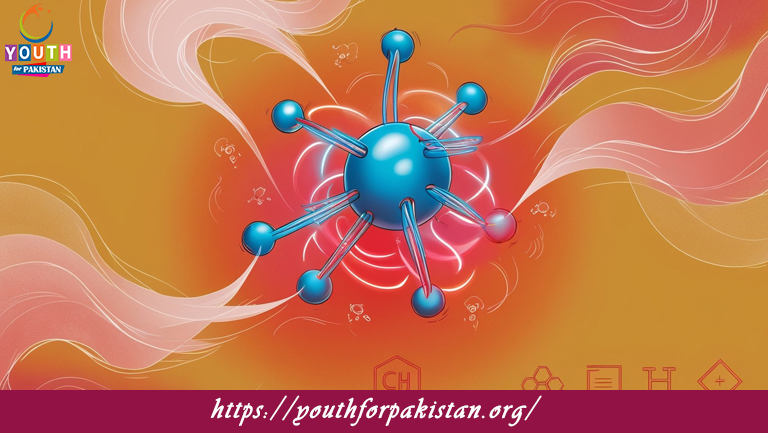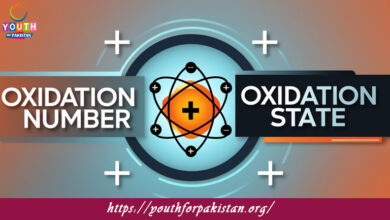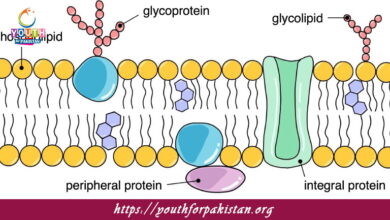Energy In Chemical Reactions MDCAT MCQs with Answers

Welcome to the Energy In Chemical Reactions MDCAT MCQs with Answers. In this post, we have shared Energy In Chemical Reactions Multiple Choice Questions and Answers for PMC MDCAT 2024. Each question in MDCAT Chemistry offers a chance to enhance your knowledge regarding Energy In Chemical Reactions MCQs in this MDCAT Online Test.
The energy required to start a chemical reaction is called:
a) Activation energy
b) Enthalpy change
c) Bond energy
d) Gibbs free energy
In an exothermic reaction, the system:
a) Absorbs energy from the surroundings
b) Releases energy to the surroundings
c) Maintains constant temperature
d) Increases in entropy
The activation energy of a reaction can be lowered by:
a) Increasing the temperature
b) Adding a catalyst
c) Increasing the pressure
d) Increasing the concentration of reactants
The energy released when one mole of a substance is completely burned in oxygen is called:
a) Enthalpy of formation
b) Enthalpy of solution
c) Enthalpy of combustion
d) Enthalpy of vaporization
The change in energy associated with a chemical reaction is known as:
a) Gibbs free energy change
b) Internal energy change
c) Enthalpy change
d) Entropy change
For an endothermic reaction, the enthalpy change (ΔH) is:
a) Positive
b) Negative
c) Zero
d) Variable
The energy required to break one mole of a bond in a molecule is called:
a) Bond dissociation energy
b) Ionization energy
c) Electron affinity
d) Lattice energy
In a chemical reaction, the enthalpy change can be calculated from:
a) The difference in bond energies of reactants and products
b) The temperature change
c) The concentration change
d) The pressure change
The standard enthalpy of formation refers to:
a) The heat change when one mole of a substance is formed from its elements in their standard states
b) The heat released during the combustion of one mole of a substance
c) The heat absorbed during the dissolution of one mole of a substance
d) The heat absorbed or released during a phase change
The energy change associated with the dissolution of a substance in water is known as:
a) Enthalpy of solution
b) Enthalpy of formation
c) Enthalpy of combustion
d) Enthalpy of vaporization
In a reaction, if ΔH is negative, the reaction is:
a) Endothermic
b) Exothermic
c) Isothermal
d) Adiabatic
The activation energy of a reaction is:
a) The energy needed to break bonds in the reactants
b) The energy released when bonds are formed
c) The energy required to form products
d) The energy absorbed during dissolution
The heat released or absorbed during a reaction at constant pressure is called:
a) Internal energy change
b) Enthalpy change
c) Bond energy
d) Activation energy
The enthalpy change of a reaction can be measured using:
a) A bomb calorimeter
b) A pressure gauge
c) A pH meter
d) A conductivity meter
The energy required to start a reaction is known as:
a) Activation energy
b) Bond energy
c) Enthalpy change
d) Free energy change
The enthalpy of vaporization is:
a) The heat absorbed when a liquid turns into a gas
b) The heat released when a gas turns into a liquid
c) The heat absorbed when a solid turns into a liquid
d) The heat released during combustion
The enthalpy change of combustion is usually expressed in:
a) kJ/mol
b) J/g
c) kJ/g
d) J/mol
For an exothermic reaction, the system:
a) Gains energy
b) Loses energy
c) Maintains constant pressure
d) Increases in entropy
The energy change when one mole of a substance is formed from its elements is:
a) Enthalpy of formation
b) Enthalpy of combustion
c) Enthalpy of solution
d) Enthalpy of vaporization
In a chemical reaction, the enthalpy change can be affected by:
a) Temperature
b) Pressure
c) Physical state of the reactants and products
d) All of the above
The energy required to form products from reactants is:
a) Activation energy
b) Bond dissociation energy
c) Enthalpy change
d) Gibbs free energy
The enthalpy change of reaction at constant pressure is equal to:
a) The heat absorbed or released
b) The change in internal energy
c) The change in volume
d) The change in concentration
The enthalpy change for a phase transition is known as:
a) Enthalpy of fusion
b) Enthalpy of combustion
c) Enthalpy of solution
d) Enthalpy of formation
The heat required to convert one mole of a solid to a liquid is:
a) Enthalpy of fusion
b) Enthalpy of vaporization
c) Enthalpy of combustion
d) Enthalpy of solution
The enthalpy change associated with the dissolution of a salt is known as:
a) Enthalpy of solution
b) Enthalpy of combustion
c) Enthalpy of formation
d) Enthalpy of vaporization
The enthalpy change of a reaction is generally measured under:
a) Constant pressure
b) Constant temperature
c) Constant volume
d) Constant concentration
The energy absorbed or released during a reaction is known as:
a) Heat of reaction
b) Bond energy
c) Gibbs free energy
d) Activation energy
For a reaction that absorbs heat, ΔH is:
a) Positive
b) Negative
c) Zero
d) Variable
The enthalpy change of a reaction can be influenced by:
a) The amount of reactants
b) The pressure of the system
c) The temperature of the system
d) All of the above
The energy required to break a chemical bond is called:
a) Bond dissociation energy
b) Activation energy
c) Enthalpy of reaction
d) Ionization energy
The energy released when a gas is converted to a liquid is called:
a) Enthalpy of condensation
b) Enthalpy of vaporization
c) Enthalpy of fusion
d) Enthalpy of combustion
The change in internal energy of a system is related to:
a) The heat absorbed or released
b) The work done on or by the system
c) The pressure-volume work
d) All of the above
The heat of reaction at constant volume is known as:
a) Internal energy change
b) Enthalpy change
c) Heat capacity
d) Activation energy
The enthalpy change of a reaction can be calculated from:
a) The difference between the enthalpy of products and reactants
b) The temperature change of the system
c) The concentration change of reactants and products
d) The pressure change of the system
The energy change of a reaction is typically reported in units of:
a) kJ/mol
b) J/g
c) kJ/g
d) J/mol
In a reaction where heat is absorbed, the process is:
a) Endothermic
b) Exothermic
c) Isothermal
d) Adiabatic
The enthalpy change for the formation of one mole of a compound from its elements in their standard states is known as:
a) Standard enthalpy of formation
b) Enthalpy of combustion
c) Enthalpy of vaporization
d) Enthalpy of fusion
The energy required to change a substance from solid to liquid is called:
a) Enthalpy of fusion
b) Enthalpy of vaporization
c) Enthalpy of combustion
d) Enthalpy of solution
The heat absorbed or released during a phase change is:
a) Enthalpy of phase transition
b) Bond dissociation energy
c) Activation energy
d) Enthalpy of reaction
The enthalpy change for a chemical reaction is the heat absorbed or released:
a) At constant pressure
b) At constant temperature
c) At constant volume
d) At constant concentration
If you are interested to enhance your knowledge regarding Physics, Chemistry, Computer, and Biology please click on the link of each category, you will be redirected to dedicated website for each category.





